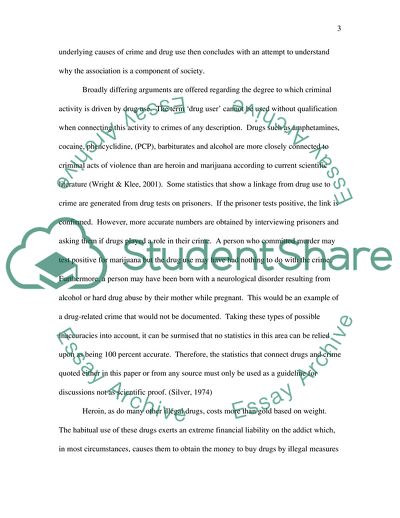Cite this document
(Drug Use and its Contribution to Crime Literature review Example | Topics and Well Written Essays - 1500 words - 3, n.d.)
Drug Use and its Contribution to Crime Literature review Example | Topics and Well Written Essays - 1500 words - 3. https://studentshare.org/social-science/1733393-criminal-justice
Drug Use and its Contribution to Crime Literature review Example | Topics and Well Written Essays - 1500 words - 3. https://studentshare.org/social-science/1733393-criminal-justice
(Drug Use and Its Contribution to Crime Literature Review Example | Topics and Well Written Essays - 1500 Words - 3)
Drug Use and Its Contribution to Crime Literature Review Example | Topics and Well Written Essays - 1500 Words - 3. https://studentshare.org/social-science/1733393-criminal-justice.
Drug Use and Its Contribution to Crime Literature Review Example | Topics and Well Written Essays - 1500 Words - 3. https://studentshare.org/social-science/1733393-criminal-justice.
“Drug Use and Its Contribution to Crime Literature Review Example | Topics and Well Written Essays - 1500 Words - 3”. https://studentshare.org/social-science/1733393-criminal-justice.


